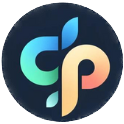Creative Expression Activities: Your Essential Guide to Transformative Artistic Growth
February 5, 2025
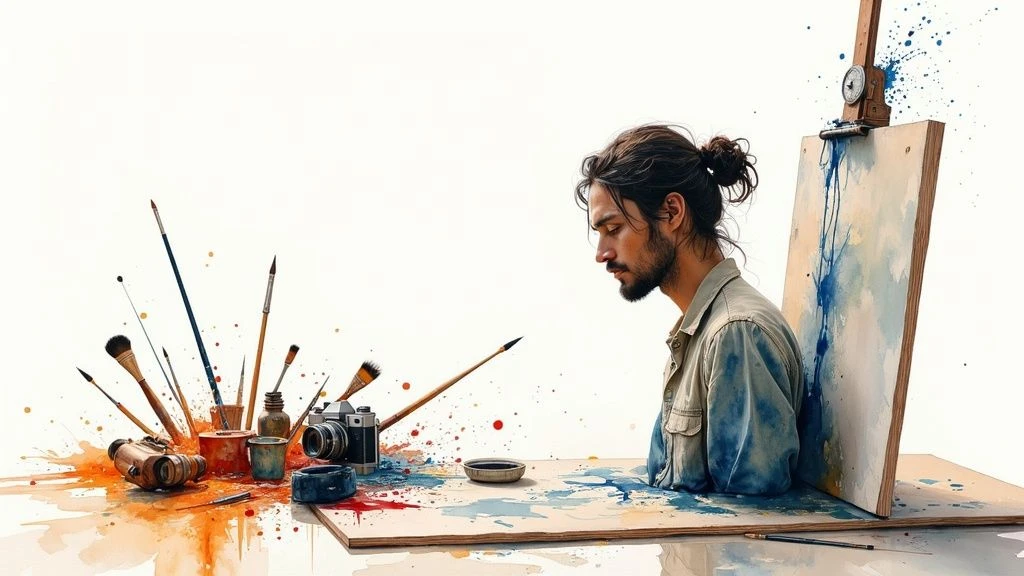
Understanding How Creative Expression Powers Personal Growth
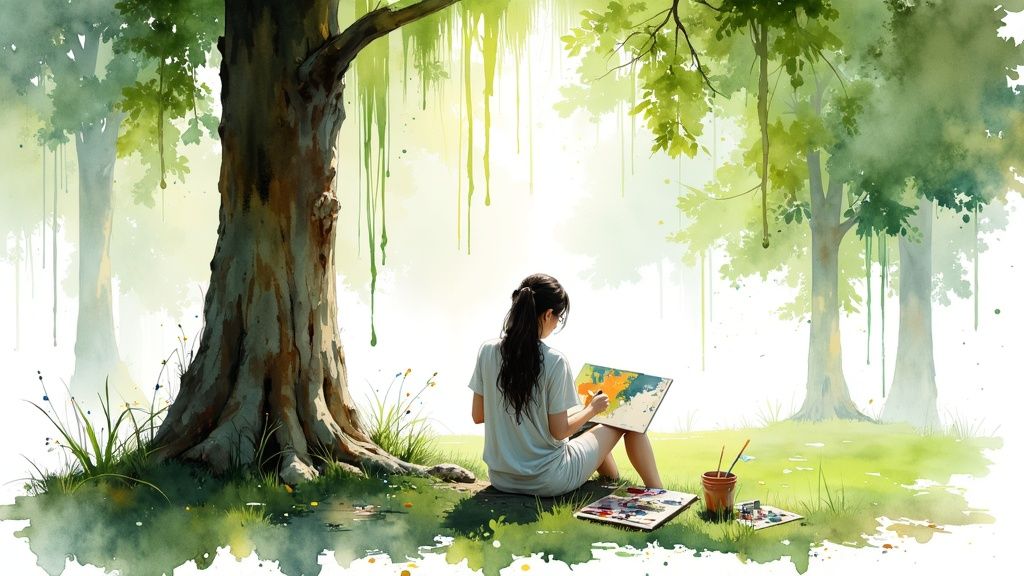
Creative activities like painting, writing, music, and sculpture do much more than just entertain us - they help us grow and thrive as individuals. When we create something, we engage our full selves - mind, body, and emotions - in ways that can lead to profound personal insights and positive changes.
The Science Behind Creativity's Benefits
Research clearly shows how creative expression improves mental health. When we create, we can process difficult emotions, lower stress levels, and build confidence. The focused attention required acts like meditation, giving our minds a break from daily pressures and information overload. According to a key study by the Adobe Foundation and NAMI, creative activities help 63% of people feel more confident, while 61% report reduced anxiety and stress. This is especially true for young people and underserved communities.
Using Creativity to Grow and Learn
Creative expression does more than just make us feel better - it pushes us to develop as people. Like learning to ride a bike, creative pursuits involve some wobbles and falls as we build new skills. When we create, we experiment with fresh ideas and step into unknown territory. This builds self-awareness, problem-solving abilities, and inner strength that carries over into other parts of life.
Real Artists: Turning Challenges into Growth
For professional artists, creative work shapes their entire lives and identities. They use their art to understand themselves and connect with others in meaningful ways. However, the creative path isn't easy - it demands commitment, persistence, and willingness to be vulnerable. Many successful artists face ongoing hurdles like self-doubt, creative blocks, money worries, and social pressures. Yet working through these challenges often leads to their biggest breakthroughs. By pushing past limits and embracing the messy reality of making art, they tap into deeper forms of expression and realize their full creative potential.
Breaking Into Creative Expression: Where Successful Artists Begin
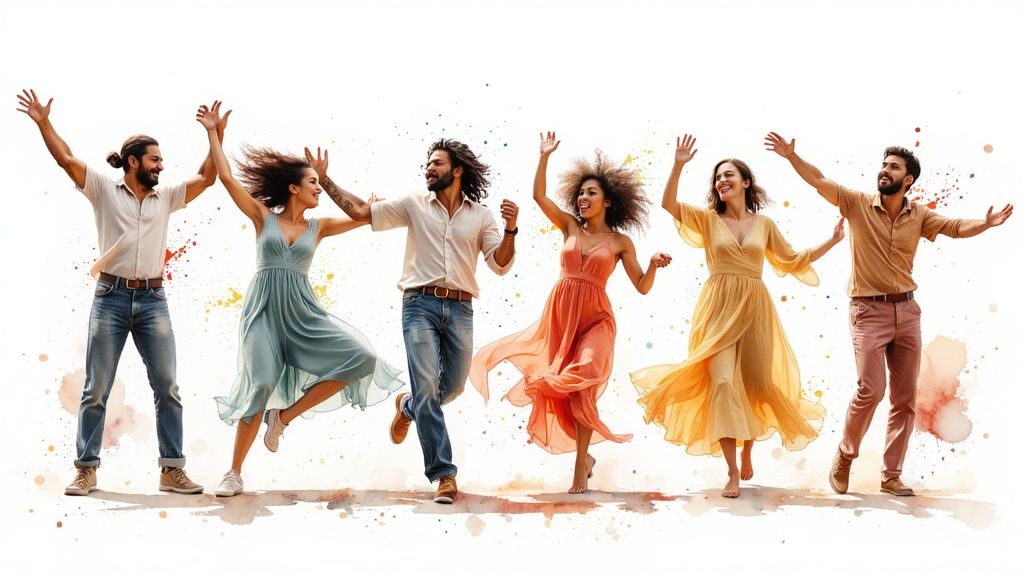
Starting your creative journey can feel scary at first. Many beginners wonder where to begin and how to take those first steps. But here's the good news - you don't need special talent or expensive tools to create art. Take drawing for example - starting with simple shapes and lines can help you build solid skills over time.
Choosing Your Creative Outlet
Pick something that makes you excited to create. This could be painting, drawing, writing stories, making sculptures, playing music, or creating digital art. When you choose an activity you truly enjoy, you'll stick with it even when things get tricky. Feel free to try different types of art too - many artists work in multiple mediums and find interesting ways to blend different creative skills.
Essential Tools for Beginners
Don't worry about buying lots of fancy supplies when you're just starting out. A basic set of watercolors or acrylics works great for beginning painters, while writers can start with just a notebook and pen. Simple tools let you learn the basics without spending too much money upfront. According to research by the American Psychiatric Association, 46% of Americans use creative activities like making music, crafts, or solving puzzles to help manage stress and anxiety.
Overcoming Initial Challenges and Common Mistakes
Every artist faces obstacles when learning something new. Many beginners get stuck trying to make everything perfect right away. Instead of chasing perfection, focus on practicing and experimenting. Those early mistakes are actually valuable learning opportunities. For example, most new artists struggle with getting proportions right at first. But with regular practice and an openness to learning, these skills improve naturally over time.
Experimenting with Different Mediums and Building Foundational Skills
Once you get comfortable with your first creative outlet, branch out and try new things. Skills often transfer between different types of art in surprising ways. The composition techniques you learn in photography can make you a better painter. The observation skills you develop through drawing can improve your writing. Keep exploring - you might discover talents you never knew you had.
Mastering the Creative Flow State
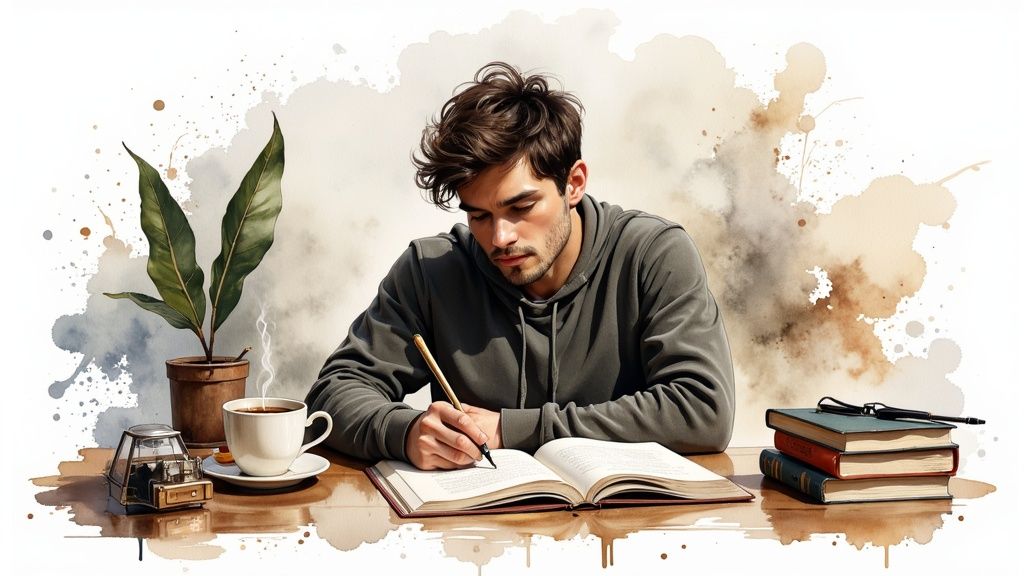
The early phases of any creative pursuit often spark a hunger for deeper connection with our work. Many artists chase the magical flow state - that sweet spot where time fades away and creativity runs free. But finding reliable ways to tap into this state can feel like catching lightning in a bottle.
Designing Your Environment for Flow
Creating the right space doesn't mean you need a fancy studio. Focus on the basics that help you concentrate: turn off your phone notifications, block out dedicated creation time, and get your lighting and temperature just right. Simple touches like keeping inspiring objects or artwork nearby can help get your creative juices flowing.
Scheduling and Mindset for Creative Sessions
Having a dedicated workspace matters, but developing steady creative habits is just as important. Set aside specific times during your day or week just for making art. Remember though - blocking off time is only half the battle. Come to your practice with a spirit of play and curiosity instead of harsh self-criticism. You might enjoy checking out: Powerful Creative Thinking Exercises to Unlock Innovation Potential.
Overcoming Creative Blocks and Maintaining Momentum
Even with perfect conditions, creative blocks happen to everyone. It's a normal bump in the road. Try freewriting, brainstorming, or taking a short break when you're stuck. Remember what makes it worthwhile - an Ipsos survey found that nearly nine in ten adults find joy in finishing creative projects, while 79% love the actual process of creating. Learn more about these findings here. That sense of achievement keeps us coming back and helps build lasting creative habits.
Building a Sustainable Creative Practice
The key to keeping your creative practice going strong is finding a rhythm that gives you energy rather than draining you. This means not just scheduling creation time, but also making space for rest and recharging. Just as athletes need recovery days, artists need time to reflect and refill their creative wells. This balance helps keep your creative expression joyful and growing over the long haul.
Building a Sustainable Creative Practice
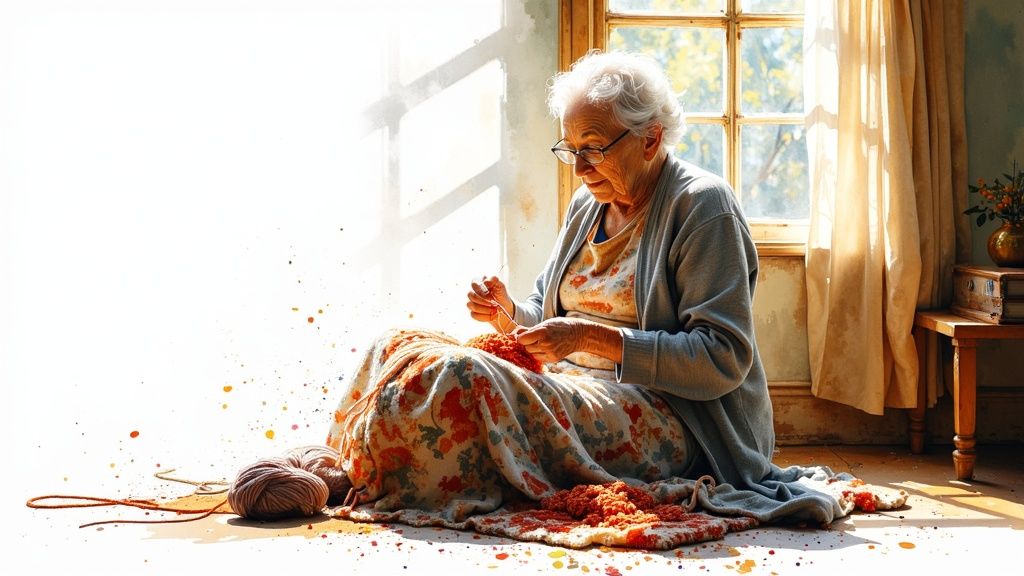
Want to make art and creativity a regular part of your life? It's simpler than you might think. The key is weaving creative activities naturally into your daily routine, just like successful artists do. Let's explore practical ways to build and maintain a creative practice that sticks.
Making Time for Creativity
Think you're too busy to be creative? Here's a secret: even 15 minutes of creative time can make a big difference. It's like going to the gym - short, consistent sessions often work better than rare marathon efforts. Try quick sketching during your lunch break or journaling before bed. Small creative moments add up to significant results over time.
Establishing Productive Creative Routines
Your environment shapes your creative habits. Set up a dedicated creative corner, even if it's just a small desk by the window. Keep your supplies ready and organized. When it's time to create, silence your phone and close those extra browser tabs. These small changes help your brain switch into creative mode more easily.
Overcoming Barriers to Regular Practice
Life gets messy sometimes, and that's okay. The trick is having a backup plan ready. Keep a small sketchbook in your bag for unexpected free moments. If morning creation time gets interrupted, try the evening instead. Stay flexible but committed. You might enjoy: The Best Adult Coloring Books: A Complete Guide to Creative Relaxation.
Maintaining Momentum and Tracking Progress
Instead of obsessing over finished pieces, focus on showing up for your practice. Keep a simple creative journal to note down ideas and experiments. According to research by the American Psychological Association, people who feel positive and energized are more likely to engage in creative activities. Your creative journey itself is worth celebrating.
Real-World Examples and Practical Tools
Watch how working artists structure their time. Many use techniques like time blocking to protect their creative hours and batch similar tasks together. Simple tools like calendar reminders or project journals can help you stay on track. Remember - there's no one-size-fits-all approach. Try different methods until you find what clicks for you. Keep what works, ditch what doesn't, and adjust as needed.
Cultivating Your Creative Community
Being part of a creative community fills your art practice with energy and new ideas. When artists come together to share and support each other, growth naturally follows. The key is finding people who truly understand the ups and downs of making art.
Finding Your Tribe: Online and Offline Connections
Making creative friends happens in two main ways - digitally and in person. Online spaces like art-focused social media groups and forums let you connect with fellow artists around the world. Yes, sharing your art online takes courage, but the connections and feedback make it worthwhile. Meeting artists face-to-face matters too. Check out art classes and local meetups in your area. These real-world connections often lead to deeper friendships and exciting collaborations.
The Power of Constructive Feedback
Good feedback helps artists grow. When giving input, be specific and supportive in your comments. Instead of "This needs work," try "I love your color choices, and adding more contrast might make the focal point even stronger." When receiving feedback, stay open to new perspectives without taking it personally. Think of feedback as a tool to improve, not a judgment of your artistic worth.
Meaningful Participation and Collaboration
Being part of an art community means jumping into conversations, cheering others on, and sharing what you've learned. This creates real bonds between artists. Working together on projects opens up even more growth - it's like training with a creative workout buddy! You might be interested in: Proven Art Therapy Activities for Anxiety & Creative Healing.
Mentorship and Artistic Development
Finding an experienced artist to mentor you can speed up your growth tremendously. A mentor shares wisdom from their journey and helps you navigate the art world. These relationships don't need formal structure - the magic happens when both people learn from each other. Keep an eye out for artists whose work excites you and see if they're open to mentoring.
Sharing Your Work and Embracing Vulnerability
Showing your art to others feels scary but helps you grow. Think of it as inviting people into your creative world. You don't have to share only finished pieces - work-in-progress shots and sketches work too. Being open about your process helps others connect with your art journey. When you're brave enough to share authentically, you inspire others to do the same.
Tracking Your Creative Evolution
Growth in creative expression requires mindful attention to your artistic development. By setting clear goals, recording your journey, and recognizing your progress, you can nurture steady improvement while staying excited about your creative practice.
Setting Meaningful Goals
Start with specific, achievable goals that have clear timelines and measurable outcomes. Instead of "improve my drawing skills," try "practice basic shapes for 15 minutes daily" or "complete one portrait sketch per week." Breaking down big aspirations into smaller stepping stones makes progress feel manageable and helps prevent feeling overwhelmed.
Documenting Your Creative Journey
A creative journal helps capture your artistic growth over time. Use it to sketch ideas, experiment with techniques, and reflect on what you're learning. Your documentation can be as simple as a notebook with quick sketches or as public as an Instagram feed showcasing finished pieces. Choose a format that feels natural and helps you track discoveries.
Celebrating Achievements and Maintaining Motivation
Take time to acknowledge your progress, no matter how small. Did you finally get the hang of blending colors? Pat yourself on the back! Finished a piece you're excited about? Share it with a friend who gets it. These little wins build momentum and keep you moving forward. Consider joining art groups or sharing work online to connect with other creators.
Measuring Growth Beyond Technical Skills
While mastering techniques matters, developing your unique creative voice is just as important. This personal style emerges naturally as you experiment and take creative risks. Think of it like developing your signature - it becomes more refined with practice but remains distinctly yours.
Building genuine confidence comes from consistent practice and embracing artistic challenges. It's about learning to trust your creative instincts and believing in your ability to express yourself meaningfully through art. Remember that growth happens gradually through dedicated practice.
Ready to explore new creative possibilities? ColorPageAI offers a platform for creating custom coloring pages using AI technology. Whether you're just starting out or looking to expand your artistic practice, ColorPageAI can help bring your ideas to life. Start creating your personalized coloring pages today!
Ready to start coloring?
Join ColorPage.ai today and get 5 free credits to create your own custom coloring pages!
Start creating